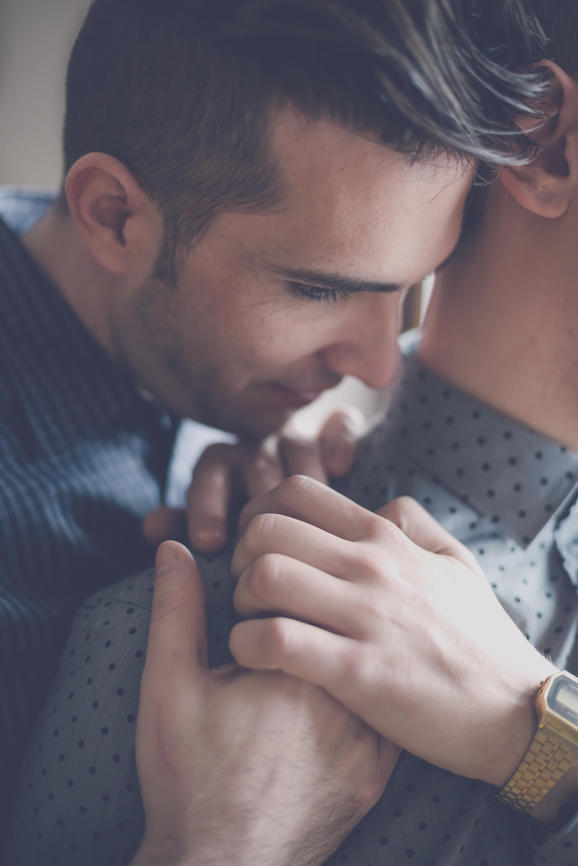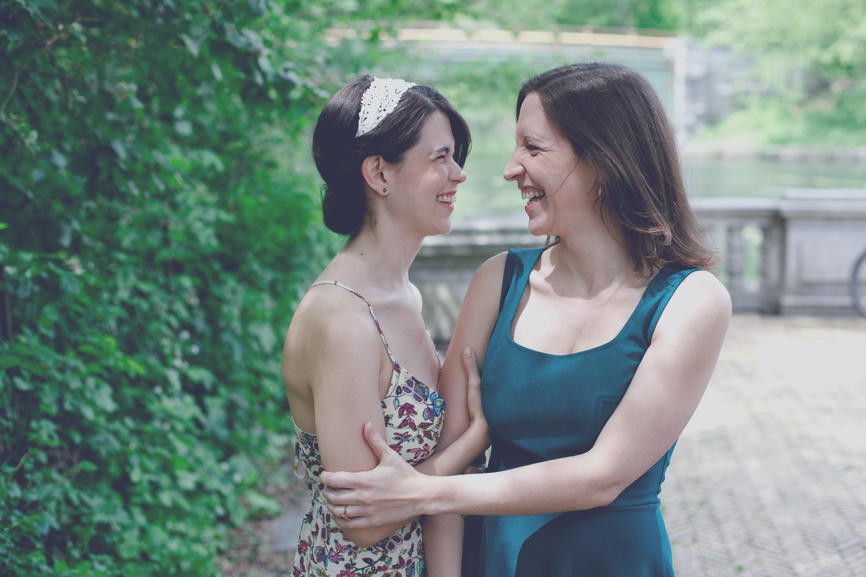In the midst of the onslaught of frightening and negative news reports based on recent Trump administration actions, I read an article that really encouraged me. PBS News Hour reported “Same-sex marriage laws linked to fewer youth suicide attempts, a new study shows.”
JAMA Pediatrics conducted the study, analyzing data from 762,678 adolescents. These teens participated in the Centers for Disease Control and Prevention’s Youth Risk Behavior Surveillance System between 1999 — five years before Massachusetts became the first state to legalize same-sex marriage — and the end of 2015.
Among other things the study found:
- Although high school students who were sexual minorities made up a weighted 12.7% of the population, they accounted for 34.1% of students reporting one or more suicide attempts in 2015.
- The legalization of same-sex marriage kicked off a statistically significant decline in suicide attempts. The proportion of all students attempting suicide fell by 0.6 percentage points across the full time period following implementation of same-sex marriage policies, for a relative reduction of 7%.
- That 0.6 percentage point decline in suicide rates for all students translates into an estimated 134,446 fewer adolescents attempting suicide each year, based on the 2015 US population estimates of adolescents aged 15 to 19 years.
- These results are equivalent to a 14% relative decline in the proportion of adolescents who were sexual minorities reporting suicide attempts in the past year.
As the PBS Article points out, “[w]hile the study drew a correlation between lower suicide rates and same-sex marriage legalization, it did not explain the potential cause of lower rates.”
The article goes on to highlight reasons marriage equality may have reduced suicide rates. For example, acceptance by and connection to society seems to protect minority students from suicide. When they’re allowed to wed, gay and lesbian couples provide tangible proof that they are just as capable of marriage and parenthood as anyone else, thus increasing their social support.
As a person that has infamously been called a robot for thinking mostly of marriage’s financial benefits, this article reminds me that marriage and societal equality have benefits far beyond money.
I’ve been asked often if marriage has changed my and Ben’s relationship, since we had been together for 14 years before we got married. I usually say, “not really, except I use the term husband a lot more.” Yet even that small change has altered how others view my relationship — something I think I take for granted.
It also reminds me of why I specialize in providing financial advice for the LGBTQ community. More than once I’ve been asked “now that marriage is legal, isn’t all planning the same?”
While it’s true that marriage equality has simplified planning, it doesn’t make it any more accessible or put us on the same level as our heterosexual counterparts. After all, the 1964 Civil Rights Act didn’t magically make everything better for African Americans.
The best analogy I’ve heard is it’s like running a race. Heterosexual couples have gotten a huge head start. And just because we’ve been able to start running, it doesn’t mean we are at the same point in the race.
The 2016/2017 Prudential study on the LGBT Financial Experience found significant differences between LGBTQ and heterosexual finances:
- Lesbian women earn less than heterosexual women, reporting an average annual salary of $45,606 vs. $51,461. (A difference of $5,855.)
- Gay men reported earning an average of $56,936, with heterosexual men earning $83,469. (A difference of $26,533.)
- LGBTQ respondents surveyed in 2016 are less likely to have started saving or investing for retirement, to have insurance products and to have a will or estate plan than those surveyed in 2012 or general population respondents.
- More LGBTQ respondents consider themselves “spenders,”— 48 percent compared to 32 percent of the general population. The respondents’ spending patterns confirmed that they spend more and save less, compared to the general population.
- Overall the LGBT population owned fewer financial planning products (such as mutual funds, life insurance or will) than the general population.
- 41% of respondents today, compared to 31% in 2012, said they are struggling financially.
- Despite marriage equality, significant barriers still prevent LGBTQ people from achieving their financial goals, such as employment discrimination and legislation that negatively affects their rights.
So yes, LGBTQ focused planning is still important. And as the JAMA study shows, it’s also important for LGBTQ people to be able to find advisors like them or that specialize in working with them and see websites that show people like them. Knowing that you’re not alone and supported can have a profound affect on your feelings of safety and self-worth.
JAMA concludes by stressing that it provides “evidence that implementing same-sex marriage policies was associated with improved population health.” Additionally, it urged policymakers to consider the mental health consequences of equality.
I hope this post reminds you of the significant strides the LGBTQ community has made and the real effects equality will have on generations after us. I also hope it encourages you to do your part to protect the rights that we currently enjoy in the midst of the very real danger of diluting our marriage rights and other protections that have already been taken away.
As always, I would love to hear your thoughts. Message, tweet or email me at the links below.





